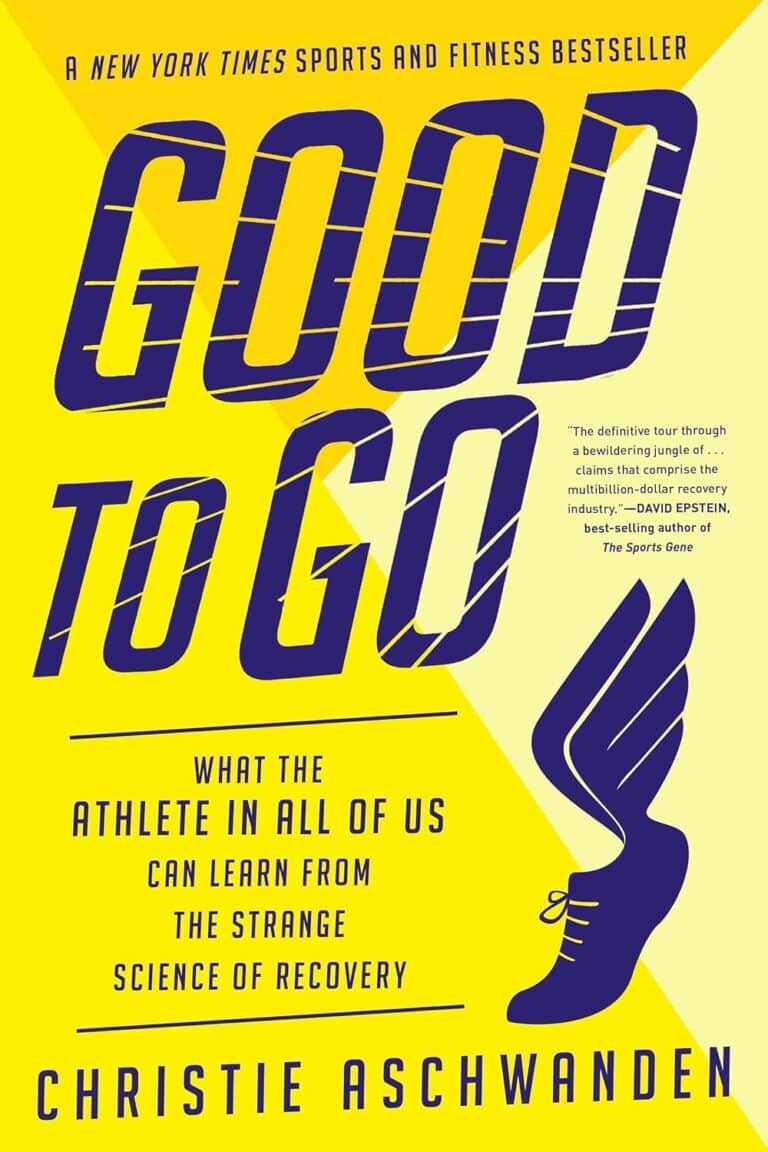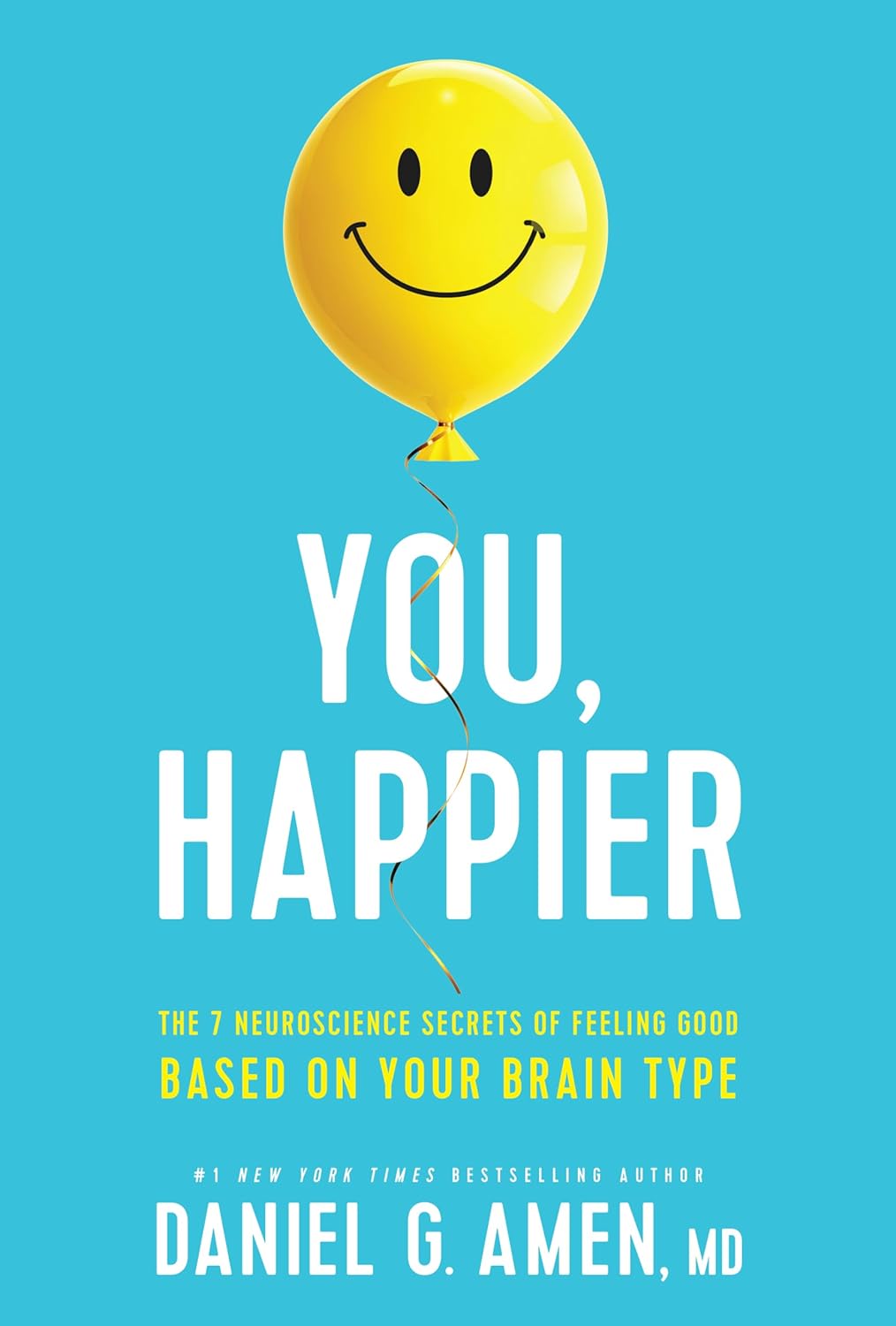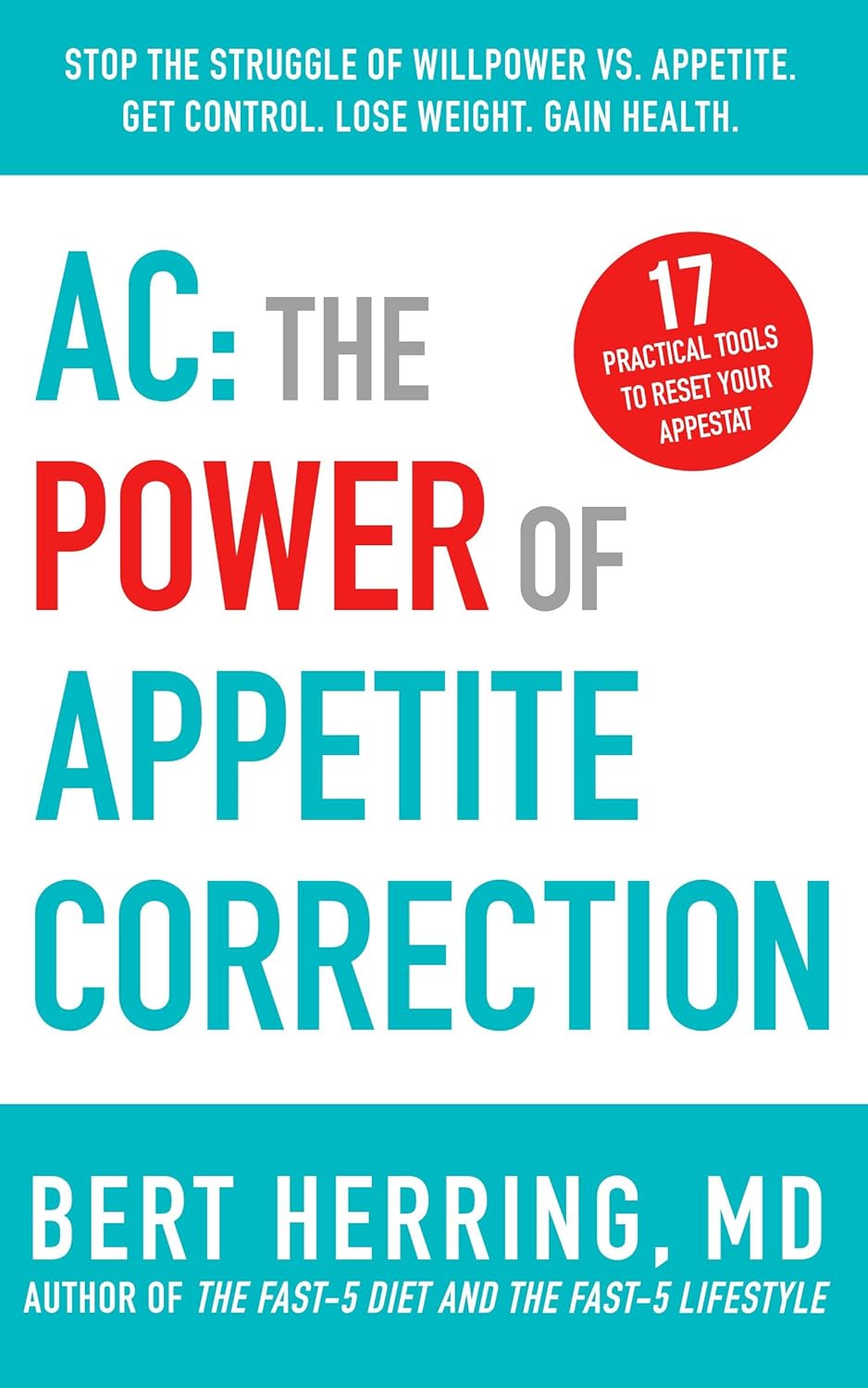
Smarter Tomorrow – by Elizabeth Ricker
10almonds is reader-supported. We may, at no cost to you, receive a portion of sales if you purchase a product through a link in this article.
Based heavily in hard science, with more than 450 citations in over 300 pages, the exhortation is not just “trust me, lol”.
Instead, she encourages the reader to experiment. Not like “try this and see if it works”, but “here’s how to try this, using scientific method with good controls and good record-keeping”.
The book is divided into sections, each with a projection of time required at the start and a summary at the end. The reading style is easy-reading throughout, without sacrificing substance.
It proposes seven key interventions. If just one works for you, it’ll be worth having bought and read the book. More likely most if not all will… Because that’s how science works.
Don’t Forget…
Did you arrive here from our newsletter? Don’t forget to return to the email to continue learning!
Recommended
Learn to Age Gracefully
Join the 98k+ American women taking control of their health & aging with our 100% free (and fun!) daily emails:
-
You, Happier – by Dr. Daniel Amen
10almonds is reader-supported. We may, at no cost to you, receive a portion of sales if you purchase a product through a link in this article.
The implicit question “what’s your brain type?” makes this book sound a little like a horoscope for science-enjoyers, but really, the “brain type” in question is simply a way of expressing which neurochemicals one’s brain makes most and/or least easily.
That’s something that a) really does differ from one person to another b) isn’t necessarily fixed forever, but will tend to remain mostly the same most of the time for most people.
And yes, the book does cover figuring out which neurotransmitter(s) it might be for you. On a secondary level, it also talks about more/less active parts of the brain for each of us, but the primary focus is on neurotransmitters.
It’s easy to assume “everyone wants more [your favorite neurotransmitter here]” but in fact, most people most of the time have most of what they need.
For those of us who don’t, those of us who perhaps have to work more to keep our level(s) of one or more neurotransmitters where they should be, this book is a great guide to optimizing aspects of our diet and lifestyle to compensate for what our brains might lack—potentially reducing the need to go for pharmaceutical approaches.
The style of the book is very much pop-science, but it is all well-informed and well-referenced.
Bottom line: if you sometimes (or often!) think “if only my brain would just make/acknowledge more [neurotransmitter], this book is for you.
Click here to check out You, Happier, and discover a happier you!
Share This Post
-
AC: The Power of Appetite Correction – by Dr. Bert Herring
10almonds is reader-supported. We may, at no cost to you, receive a portion of sales if you purchase a product through a link in this article.
“Appetite Correction” is an intriguing concept, and so it intrigued us sufficiently to read this book. So what’s it about?
It’s about modifying our response to hunger, and treating it as a messenger to whom we may say “thank you for your opinion” and then do as we already planned to do. And what is that?
Simply, this book is about intermittent fasting, specifically, 19:5 fasting, i.e., fast for 19 hours and eat during a 5hr window each day (the author proposes 5pm–10pm, but honestly, go with what works for you).
During the fasting period, drinking water, or consuming other non insulin-signalling things (e.g. black coffee, black tea, herbal tea, etc) is fine, but not so much as a bite of anything else (nor calorific drinks, e.g. with milk/cream or sugar in, and certainly not sodas, juices, etc).
During the eating period, the idea is to eat at will without restriction (even unhealthy things, if such is your desire) during those 5 hours, with the exception that one should start with something healthy. In other words, you can line up that take-out if you want, but eat a carrot first to break the fast. Or some nuts. Or whatever, but healthy.
The “appetite correction” part of it comes in with how, after a short adjustment period, you will get used to not suffering from hunger during the fasting period, and during the eating period, you will—paradoxically—be more able to practise moderation in your portions.
Most of the book is given over the dealing with psychological difficulties/objections, as well as some social objections, but he does also explain some of the science at hand too (i.e. how intermittent fasting works, on a physiological level). On which note…
The style is on the very light end of pop-science, and unusually, he doesn’t cite any sources for his claims at all. Now, no science that he claimed struck this reviewer as out of the ordinary, but it would have been nice to see a good few pages of bibliography at the back.
Bottom line: this is a super quick-and-easy read that makes a strong (albeit unsourced) case for intermittent fasting. It’s probably best for someone who would like the benefits and needs some persuading, but who is not very interested in delving into the science beyond being content to understand what is explained and put it into practice.
Click here to check out AC: The Power of Appetite Correction, and get yours where you want it!
Share This Post
-
The Plant-Based Athlete – by Matt Frazier and Robert Cheeke
10almonds is reader-supported. We may, at no cost to you, receive a portion of sales if you purchase a product through a link in this article.
If you’re already a seasoned plant-based athlete yourself, you can probably skip this book; the 60 recipes at the end would still provide value, but there is the “No Meat Athlete Cookbook” that you could hop straight to, in any case.
For most readers, there will be plenty of value from start to finish. We get a quick ground-up tour of nutrition basics, before getting into restructuring diet to optimize it for performance.
There is less in the way of “Vegans struggle with…” and more in the way of “People think vegans struggle with…” and explanations of what vegan athletes actually eat. The book does include science, but isn’t too science-heavy, and relies more on modelling what plant-based superathletes enjoy on a daily basis.
To that end,if the book has a weak point, it’s perhaps that it could have stood to include more science. The book comes recommended by Dr. Michael Greger, whose nutritional approach is incredibly science-heavy and well-referenced, and this book is obviously compatible with that (so they could have!), but in this case Frazier and Cheeke leave us to take their word for it.
Nevertheless, the science is good whether they cite it or not, and this book is quite a comprehensive primer of plant-based athleticism.
Bottom line: if you’re wondering how to optimize the two goals of “eating plants” and “being a powerful athlete”, then this one’s the book for you.
Click here to check out The Plant-Based Athlete and upgrade your health and athletic performance!
Share This Post
Related Posts
-
Acid Reflux After Meals? Here’s How To Stop It Naturally
10almonds is reader-supported. We may, at no cost to you, receive a portion of sales if you purchase a product through a link in this article.
Harvard-trained gastroenterologist Dr. Saurabh Sethi advises:
Calming it down
First of all, what it actually is and how it happens: acid reflux occurs when the lower esophageal sphincter (LES) doesn’t close properly, allowing stomach acid to flow back into the esophagus. Chronic acid reflux is known as gastroesophageal reflux disease (GERD). Symptoms can include heartburn, an acid taste in the mouth, belching, bloating, sore throat, and a persistent cough—but most people do not get all of the symptoms, usually just some.
Things that help it acutely (as in, you can do them today and they will help today): consider skipping certain foods/substances like peppermint, tomatoes, chocolate, alcohol, and caffeine, which can worsen acid reflux. Eating smaller, more frequent meals instead of large ones and leaving a gap of 3–4 hours before lying down after meals can also help manage symptoms.
Things that can help it chronically (as in, you do them in an ongoing fashion and they will help in an ongoing fashion): lifestyle changes like quitting smoking, reducing alcohol intake, and wearing loose clothing can strengthen the LES. Maintaining a healthy weight and avoiding large meals, especially close to bedtime, can also reduce symptoms. Elevating the upper body while sleeping (using a wedge pillow or raising the bed by 10–20°) can make a big difference.
Medications to avoid, if possible, include: aspirin, ibuprofen, and calcium channel blockers.
Some drinks you can enjoy that will help: drinking water can quickly dilute stomach acid and provide relief. Herbal teas like basil tea, fennel tea, and ginger tea are also effective. But notably: not peppermint tea! Since, as mentioned earlier, peppermint is a known trigger for acid reflux (despite peppermint’s usual digestion-improving properties).
For more on all of this, enjoy:
Click Here If The Embedded Video Doesn’t Load Automatically!
Want to learn more?
You might also like to read:
Coughing/Wheezing After Dinner? Here’s How To Fix It ← this is about acid reflux and more
Take care!
Don’t Forget…
Did you arrive here from our newsletter? Don’t forget to return to the email to continue learning!
Learn to Age Gracefully
Join the 98k+ American women taking control of their health & aging with our 100% free (and fun!) daily emails:
-
Anchovies vs Sardines – Which is Healthier?
10almonds is reader-supported. We may, at no cost to you, receive a portion of sales if you purchase a product through a link in this article.
Our Verdict
When comparing anchovies to sardines, we picked the sardines.
Why?
In terms of macros, sardines have slightly more protein and more than 2x the fat, but the fat profile is healthier than that of anchovies, meaning that the amount of saturated fat is the same, and sardines have more poly- and monounsaturated fats. Breaking it down further, sardines also have more omega-3. Unless you are for whatever reason especially keen to keep your total fat* intake down, sardines win here.
*or calories, which in this case come almost entirely from the fat, and sardines are consequently nearly 2x higher in calories.
When it comes to vitamins, sardines further distinguish themselves; anchovies have more of vitamins B2 and B3, while sardines have more of vitamins A, B1, B6, B12, B9, E, and K—in some cases, by quite large margins (especially the B12 and K, being 14x more and 26x more, respectively). A clear win for sardines.
Minerals are closer to even; anchovies have more copper, iron, and zinc, while sardines have more calcium, manganese, phosphorus, and selenium. That’s already a slight win for sardines, before we take into account that sardines’ margins of difference are also much greater than anchovies’.
In short, enjoy either in moderation if you are so inclined, but sardines win on overall nutritional density.
Want to learn more?
You might like to read:
Farmed Fish vs Wild Caught: More Important Than You Might Think
Take care!
Don’t Forget…
Did you arrive here from our newsletter? Don’t forget to return to the email to continue learning!
Learn to Age Gracefully
Join the 98k+ American women taking control of their health & aging with our 100% free (and fun!) daily emails:
-
Avoiding Anemia (More Than Just “Get More Iron”)
10almonds is reader-supported. We may, at no cost to you, receive a portion of sales if you purchase a product through a link in this article.
The Iron Dilemma: Factors To Consider
Anemia affects around 10% of American seniors, and that number jumps to 34–39% if there’s a comorbidity such as diabetes, hypertension, or hypercholesterolemia, which in turn climbs with increasing age or with other chronic conditions:
So, what can we do about it?
Get iron yes, but how?
We’d be remiss not to say: yes, do of course make sure you get plenty of iron.
Most people know that red meats, which are terrible for the heart and for cancer risk, are good sources of iron.
Well, good insofar as they provide plenty of it! They’re bad for other reasons.
❝Studies consistently show that consumption of red meat has been contributory to a multitude of chronic conditions such as diabetes, CVD, and malignancies.
There are various emerging reasons that strengthen this link-from the basic constituents of red meat like the heme iron component, the metabolic reactions that take place after consumption, and finally to the methods used to cook it.
The causative links show that even occasional use raises the risk of T2DM.❞
Source: Red Meat Consumption (Heme Iron Intake) and Risk for Diabetes and Comorbidities?
To heme or not to heme
Did you catch that in the middle there, about the heme iron component?
Dietary iron is broadly divided into two kinds: heme, and non-heme.
- Heme iron comes from animals
- Non-heme iron comes from plants
Bad news for vegans: non-heme iron is not so easily absorbed as heme iron.
This means that if you’re just eating plants, the RDA may be significantly lowballing the amount actually required. As a rule, about 1.8x more iron may be needed for vegans, to compensate for it being less easily absorbed.
Why this happens: it’s because of the phytic acid / phytate in the plants that contain the iron, blocking its absorption.
Good news for vegans: however, taking iron with vitamin C increases its absorption rate by about 5x better absorption, and several other side-along nutrients do similarly, including allium (from garlic), carotenoids (from many colorful plants), and fermented foods.
Why this happens: it’s because they bind with similar sites as phytic acid, without causing the same effect. To make a metaphor: these foods steal phytic acid’s parking space, so phytic acid can’t do its iron-blocking thing.
By happy coincidence, today’s featured recipe has all of these things in, by the way (vitamin C, allium, carotenoids, and fermented foods), and the star ingredient (fava beans) is a rich source of iron.
What are good sources of iron, then?
In the category of plants:
- Beans (pick your favorites / eat a variety)
- Lentils (pick your favorites / eat a variety)
- Greens (especially dark leafy greens)
- Apricots (you can get these dried, for convenience!)
- Dark chocolate (5mg per 1oz square!)*
*Ok, technically dark chocolate is not a plant; cacao is a plant; dark chocolate is usually plant-based, though, as there is no reason to add milk.
In the category of dairy products:
That’s not a publication error; dairy products are just not great for iron. Cheeses are more nutrient-dense than milk, and have less than 0.5mg per oz, in other words, the top dairy product has around 10x less iron than dark chocolate, which came in 5th place and let’s face it, we were doing broad categories there. If we listed all the beans, lentils, greens, etc it’d be a much longer list.
Eggs, which are sometimes considered under the category of dairy by virtue of not being an animal (yet!) but an animal product, have around 1mg per egg, by the way, so considering eggs are nearer 2oz, that’s not much better than the cheese.
“But what about if…”
The above is good science and general good advice for most people. That said, some people may have conditions that preclude the foods we recommended, or have other considerations, and so things may be different. Anemia can sometimes be caused by things that can’t be fixed by diet (beyond the scope of today’s article; another time, perhaps), but for example, if you have leukemia then definitely discuss things with your doctors first. Other illnesses, and some medications, can also have troublesome effects that can contribute to anemia. Again, we can offer very good general information here, but we don’t know your medical history, and our standard legal/medical disclaimer applies as always.
See also: Do We Need Animal Products To Be Healthy?
Take care!
Don’t Forget…
Did you arrive here from our newsletter? Don’t forget to return to the email to continue learning!
Learn to Age Gracefully
Join the 98k+ American women taking control of their health & aging with our 100% free (and fun!) daily emails:







